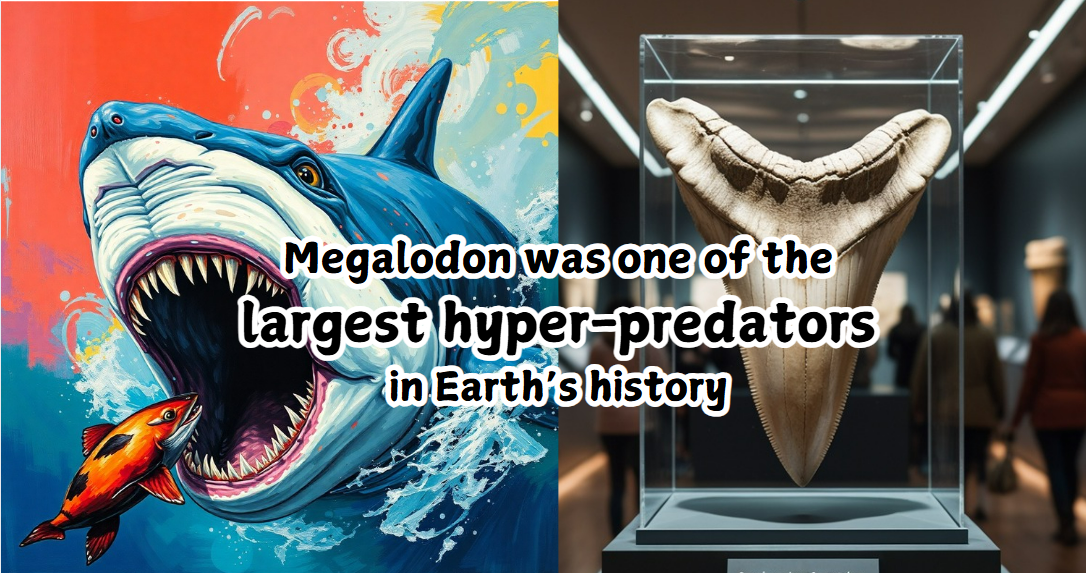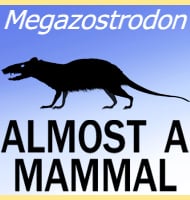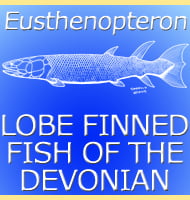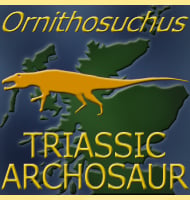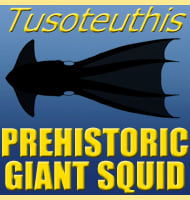Louis-Philippe Bateman, now a graduate student at McGill University, first read about the discovery as a teenager. In the 1960s, scallop fishermen had dredged up huge fossilized shark teeth, but no one had ever studied them closely. The find was forgotten—until Bateman decided to investigate.
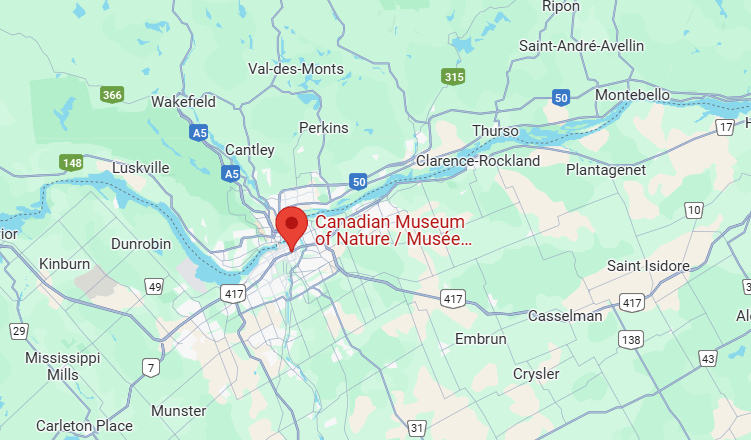
Under the guidance of paleontologist Hans Larsson, Bateman traced the long-lost fossils to the Canadian Museum of Nature in Ottawa. The teeth had been sitting there, unnoticed for decades. But when he examined them, he realized they belonged to Otodus megalodon—the biggest shark that ever lived.
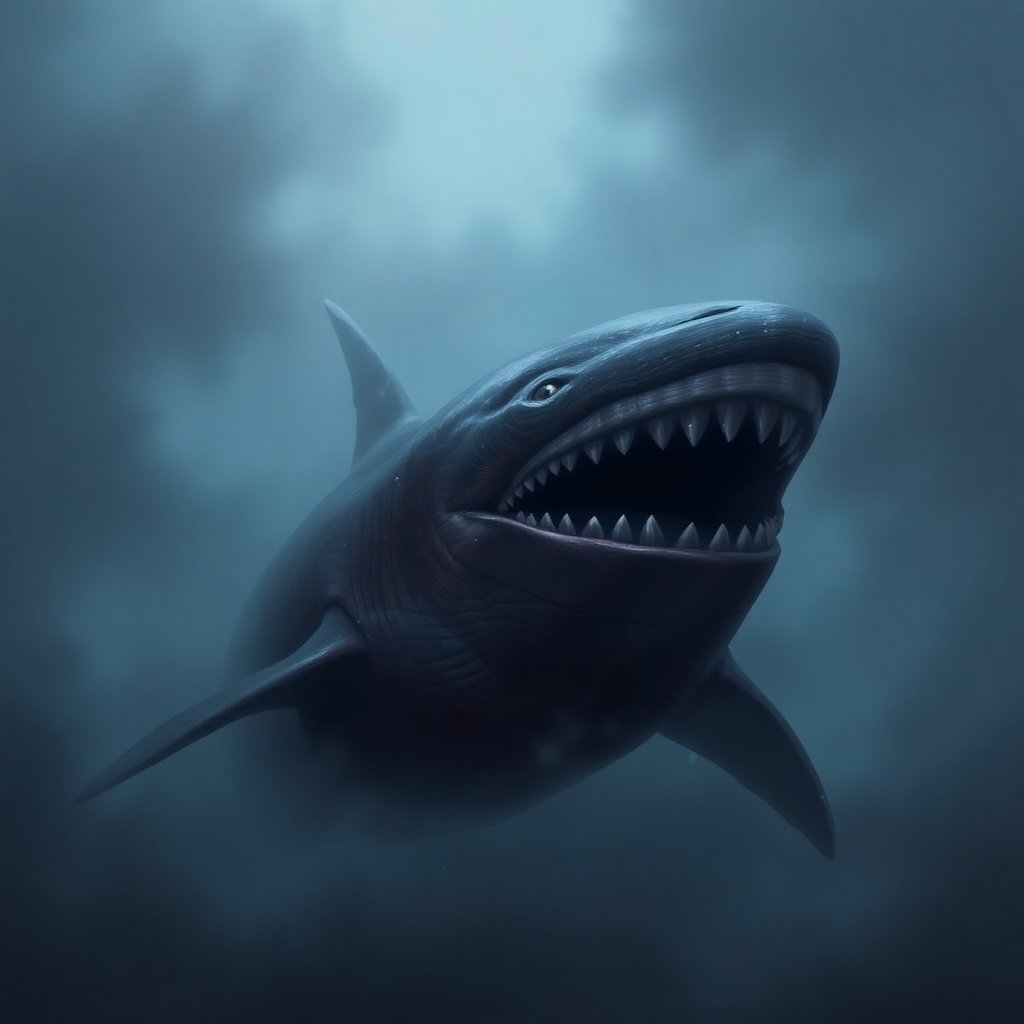
This was a huge discovery. Megalodon was the top predator of the ocean during the Miocene epoch, growing up to 20 meters (66 feet) long.
Its fossils are usually found in warm waters, so finding its teeth in Canada suggests it may have traveled farther north than scientists once thought.

Bateman and Larsson studied fossil records and ancient ocean temperatures to understand where Megalodon lived. Their research suggests that water temperature played a big role in where the shark could survive.
The Canadian fossils likely came from Miocene-era deposits near Georges Bank, off the coast of Nova Scotia.
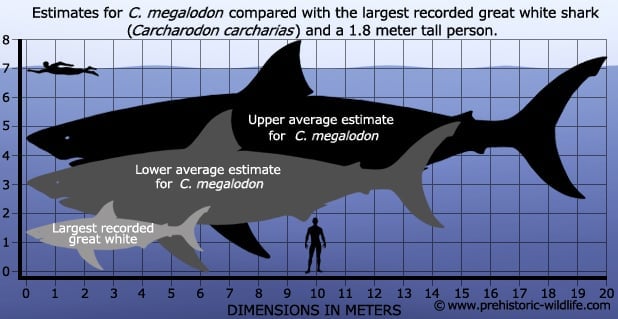
But there may be more to find. Similar rock layers in Newfoundland’s Grand Banks haven’t yet produced any Megalodon fossils—though that could change with future discoveries.
Confirming the fossils wasn’t easy. Some were buried in museum collections. Others were held by private collectors, who were sometimes hesitant to share them.
But once Bateman got his hands on the teeth, the evidence was clear. The fossils had the unmistakable triangular shape and massive size of a Megalodon tooth.

“Once you recognize the right features, you know exactly what you’re looking at,” Bateman said.
Why This Discovery Matters
The findings, published in the Canadian Journal of Earth Sciences, highlight an important truth in paleontology—many fossils are already sitting in museum collections, waiting to be studied. Some experts estimate that as much as 90% of collected fossils remain unexamined.
Scientists call this dark data—important discoveries hiding in plain sight.
Studying Megalodon fossils helps scientists understand ancient ocean ecosystems. This giant shark’s warm-blooded nature (mesothermy) may have helped it survive in colder waters.
Learning about its range and behavior gives us clues about how prehistoric marine life adapted to changing climates.
“Megalodon was one of the largest hyper-predators in Earth’s history,” Bateman said. “Understanding its range and physiology helps us learn how ancient ocean ecosystems worked.”

Beyond the fossils : Its about Curiosity
Beyond the fossils, this discovery is a story about curiosity. Bateman credits his mentor, Hans Larsson, for encouraging him to follow the mystery that first caught his attention in high school.
“Hans made it possible for me to follow this thread of curiosity all the way to publication,” he said.
This is a reminder that science doesn’t always begin in a lab. Sometimes, it starts with a single line in a book—and the determination to find the answer.
for more details read this Research Paper
